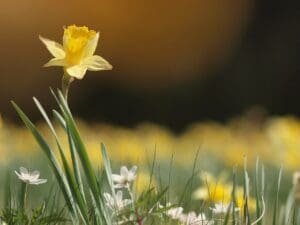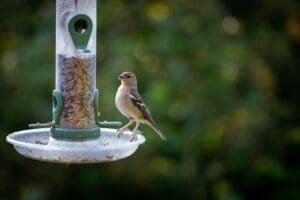Ornamental grasses are versatile, low-maintenance plants that can bring beauty and visual interest to any garden. With their graceful shapes and textures, these grasses are the perfect complement to flowering plants and can be used in many different ways in garden design. In this blog post, we’ll explore the benefits of ornamental grasses and provide tips on how to choose, care for, and incorporate them into your outdoor space.
You might also be interested in: Perennials for Wild Gardens
An Introduction to Ornamental Grasses
Ornamental grasses are non-invasive varieties of grasses grown for their attractive foliage, flowers and seedheads. They come in a diverse range of sizes, colours and textures to suit any garden. Here are some key things to know about these versatile plants:
- Extremely low-maintenance and easy to grow. They require less water, fertilizer and overall care compared to many other plants.
- Adaptable to a wide range of climates and soil conditions. Most ornamental grasses tolerate drought, heat, humidity and poor soils.
- Provide year-round visual interest with their ever-changing shapes, colours and textures. Features like plumes, tassels and intriguing seed heads create movement and give gardens a dynamic look.
- Excellent choices for creating privacy, reducing noise pollution, and controlling erosion with their dense growth habits.
- Attract birds and butterflies. The flowers provide nectar while the seeds and foliage give food and shelter.
With proper selection and placement, ornamental grasses can enhance your garden’s beauty in every season with their unique forms, graceful motion and sheer elegance.
9 Popular Ornamental Grasses
1. Stipa Gigantea (golden oats)
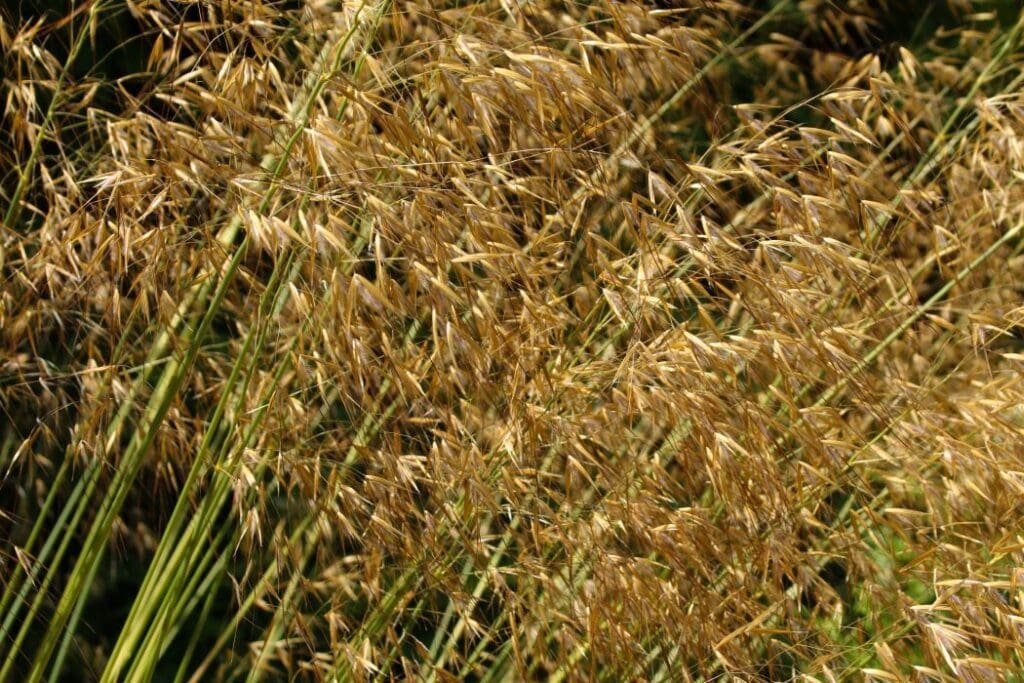
A tall, upright ornamental grass that can reach up to 6 feet in height. It has long, golden seed heads that catch the wind beautifully and add lovely movement to the landscape. Tolerates heat and drought well. Makes a dramatic vertical statement in the garden.
2. Stipa Tenuisima (feather grass)
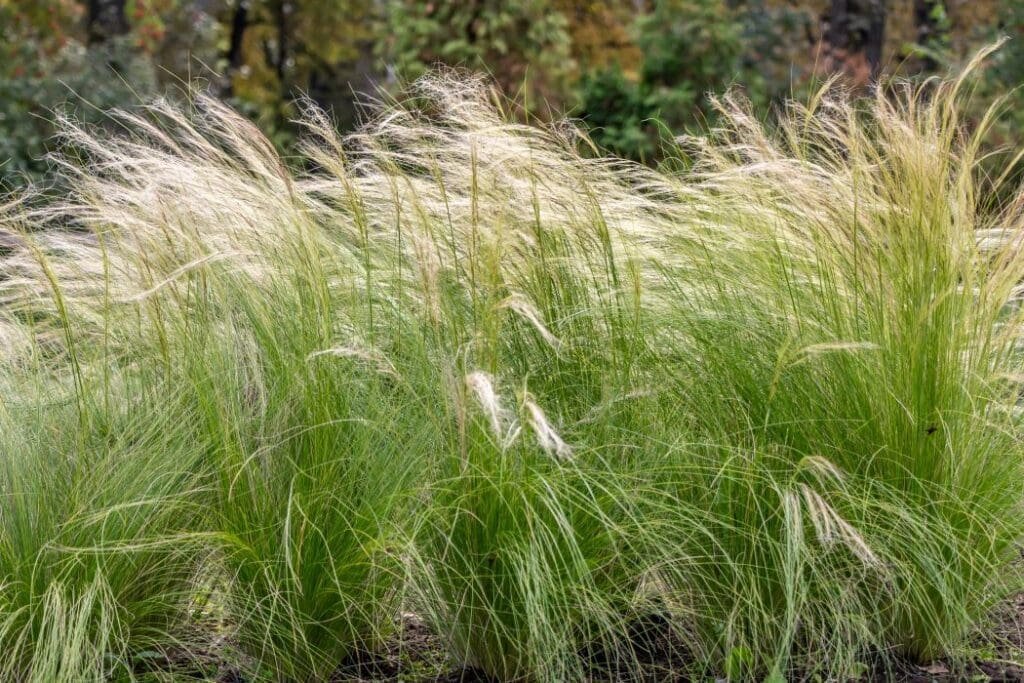
A clump-forming grass growing 2-3 feet tall, with very fine, threadlike green foliage that sways gracefully in the breeze. Delicate, tan plumes emerge in summer. It has a delicate, airy appearance and movement that works nicely in flower beds and borders.
3. Calamagrostis x acutiflora ‘Karl Foerster’ (blue grama grass)
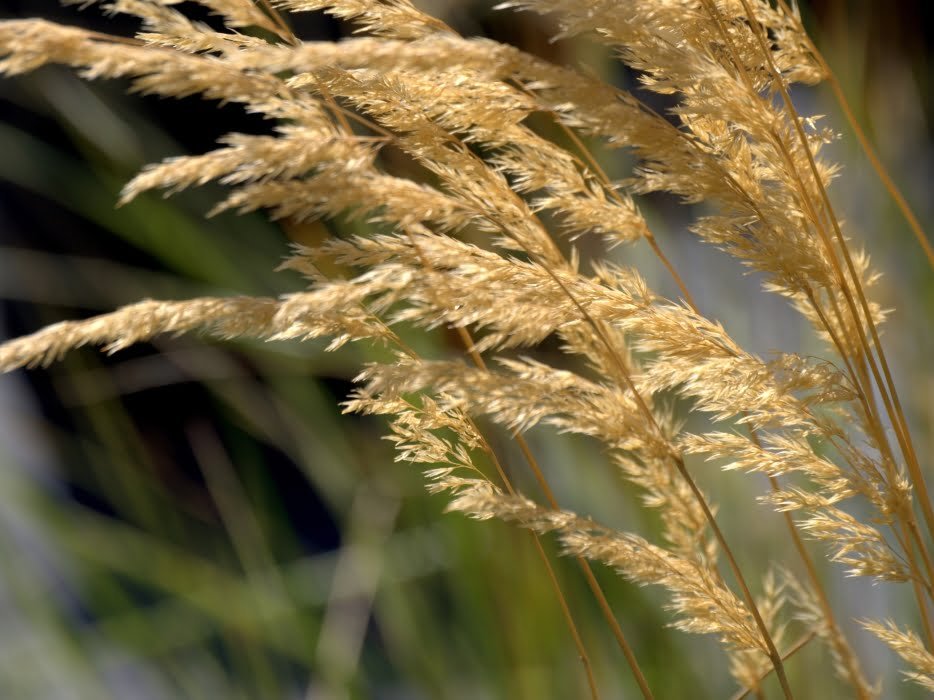
A stiff, upright grass growing 4-5 feet tall, with eye-catching metallic blue-green foliage. In summer, lovely feathery pinkish-purple plumes emerge on tall stems. It has a vertical presence that works well as an accent or screen.
4. Molinia Caerulea (purple moor grass)
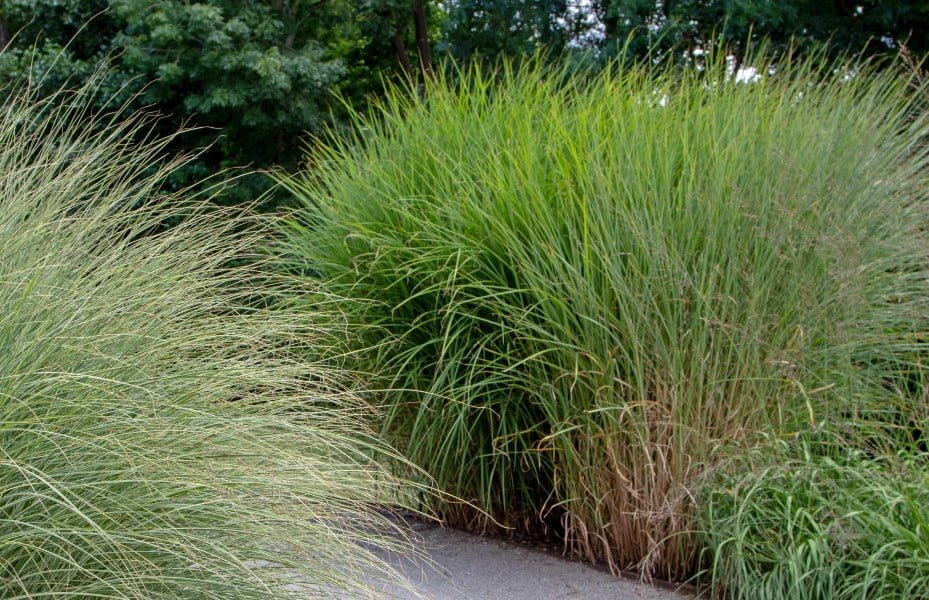
A clump-forming grass growing 2-4 feet tall with slender green leaves that turn golden in fall. Delicate, airy seed heads in tan colours emerge in summer. It has a graceful, delicate appearance great for blending textures and colours.
5. Festuca Glauca (blue fescue)
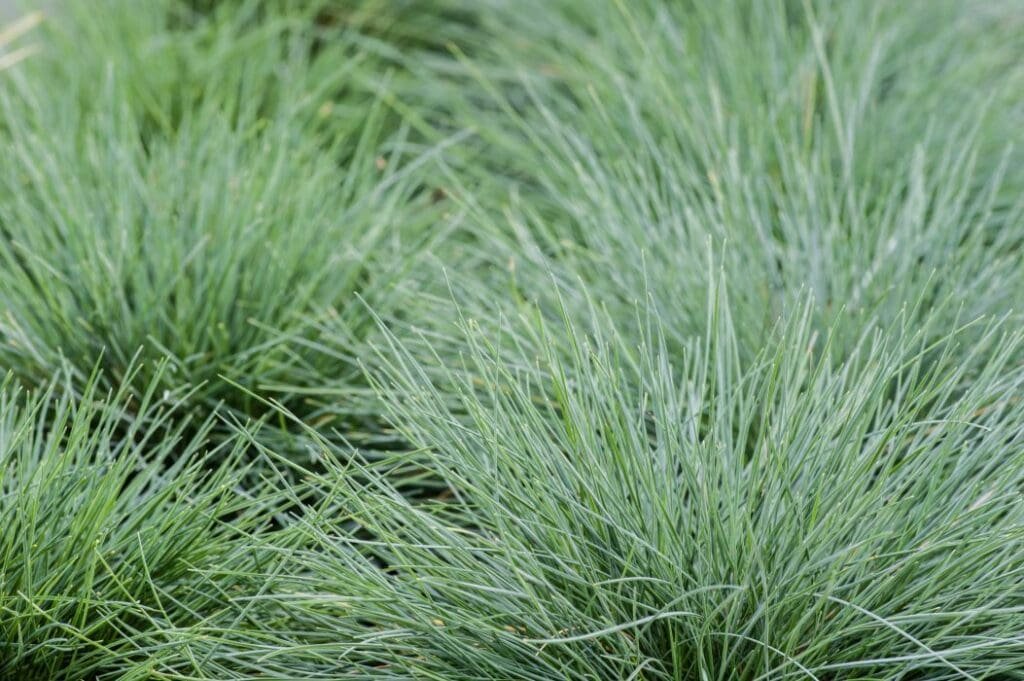
Dense tufts of striking steel blue foliage reaching 8-12 inches tall. Tan upright flower stalks appear in summer. It has strong visual appeal and color that works nicely along borders and walkways.
6. Deschampsia Cespitosa (Tufted hairgrass)
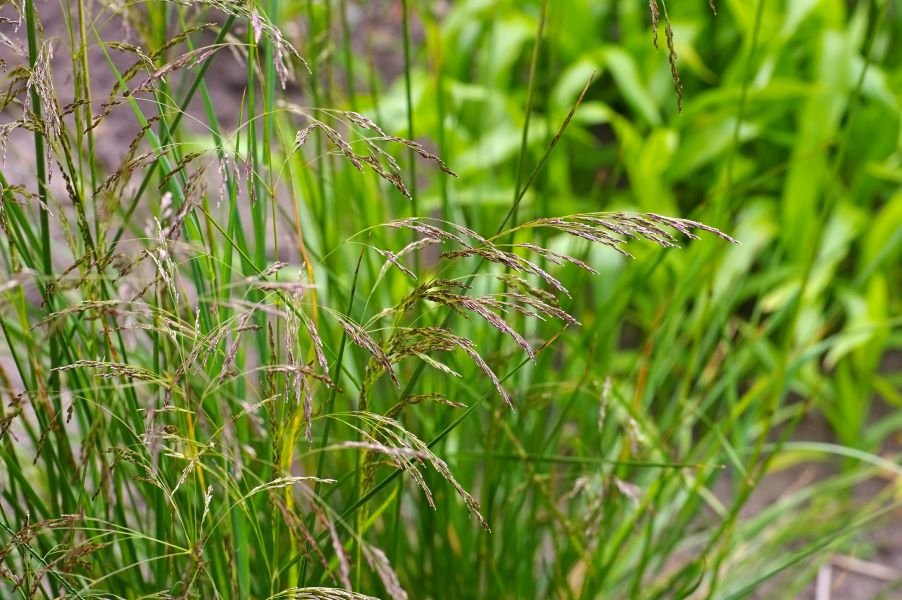
A clump-forming grass growing 2-3 feet tall with delicate, slender green foliage. Ethereal, airy panicles emerge pinkish and mature to golden tan. Adds lightness and movement to garden beds.
7. Hakonechloa Macra (Japanese forest grass)
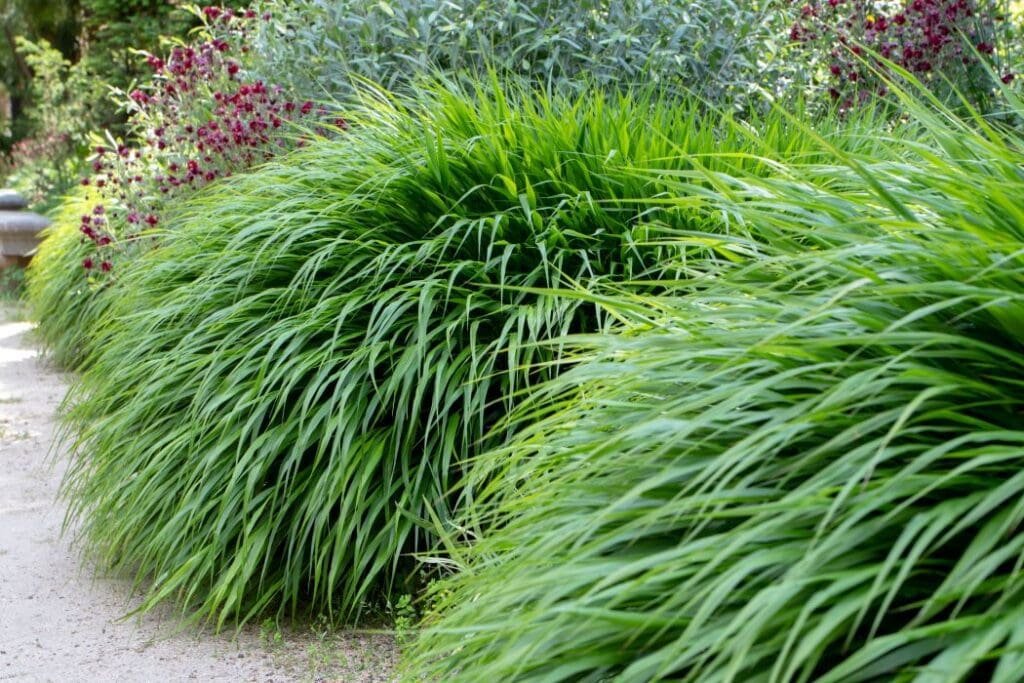
A shade-loving grass growing 1-2 feet tall with arching green leaves striped in white that turn red in fall. It has a graceful, cascading habit perfect for shady gardens and combination planters.
8. Panicum virgatum ‘Shenandoah’ (switch grass)
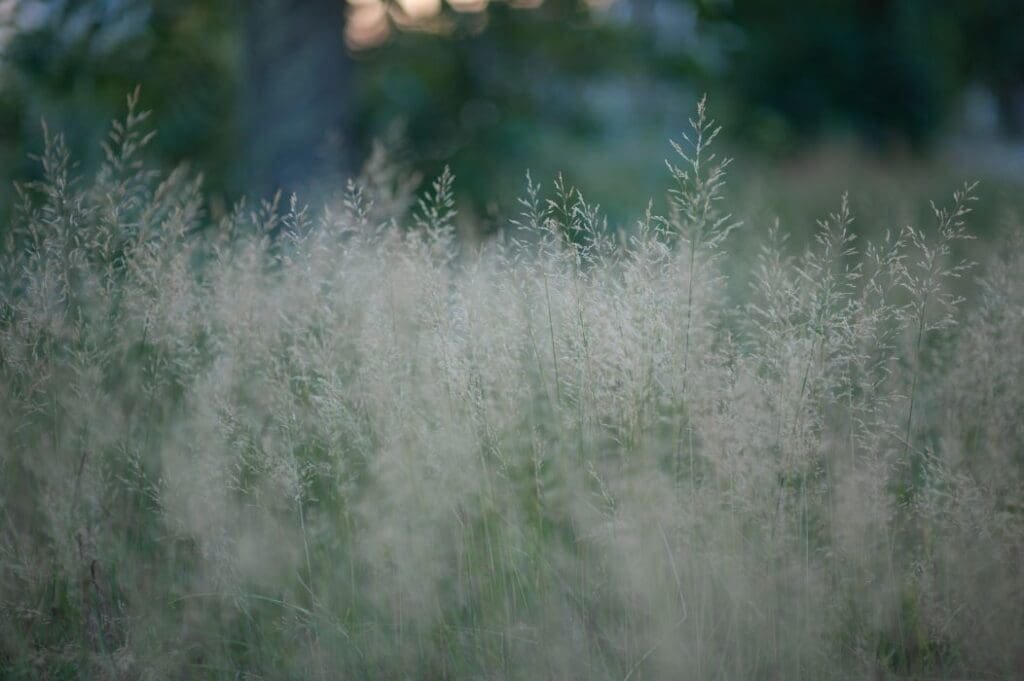
An upright grass growing 4-5 feet tall with burgundy-red foliage that turns vibrant red in fall. Airy pink seed heads sway above the foliage in summer for added interest. Makes a dramatic statement.
9. Carex oshimensis ‘Evergold’ (Japanese Sedge Grass)
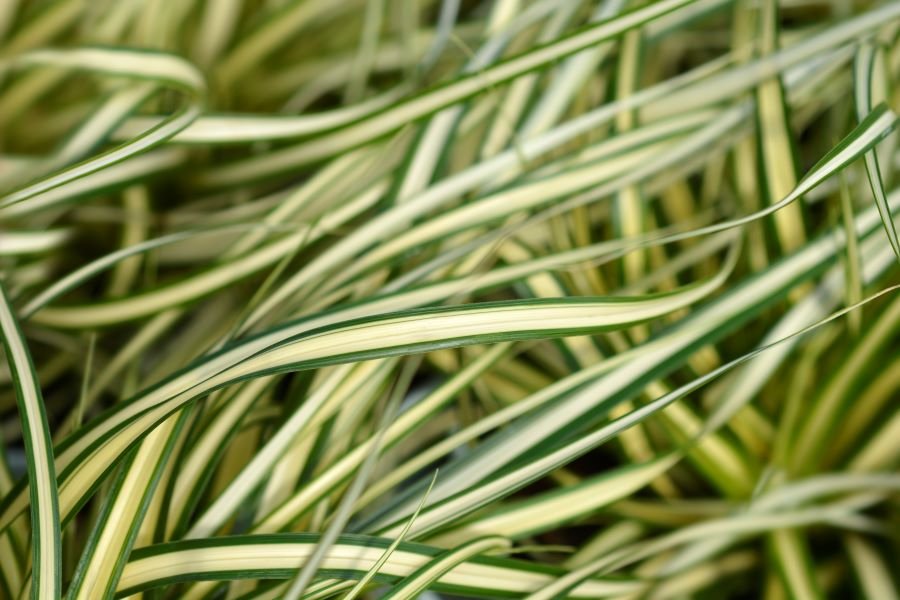
Carex oshimensis ‘Evergold’, commonly known as Japanese Sedge, is a decorative, evergreen grass growing to about 12-18 inches in height. Its distinctive foliage, featuring slender leaves with a striking combination of creamy yellow and deep green stripes, forms an eye-catching clump. This low-maintenance grass is ideal for adding texture and colour contrast in rock gardens or shaded borders.
Key Benefits of Growing Ornamental Grasses
Beyond their visual appeal, ornamental grasses offer many practical benefits that make them a valuable addition to any garden:
Low Maintenance
Once established, most ornamental grasses need little care or upkeep. They don’t require deadheading, staking or frequent watering and fertilizing. Just prune them back once a year or as needed. Their self-sustaining nature makes them perfect low-maintenance plants.
Drought Resistance
Many ornamental grasses thrive on little water. Their deep root systems allow them to tap into groundwater supplies. Once mature, they can tolerate extended periods of heat and drought.
Erosion Control
The fibrous root systems of grasses prevent soil erosion. They are excellent for planting on slopes, banks or areas prone to runoff. Their roots hold and stabilize the soil remarkably well.
Movement and Texture
The narrow leaves and flower plumes of grasses sway gracefully in the breeze, adding delightful motion to gardens. Their soft, delicate textures contrast beautifully with broad-leaved plants and bold foliage.
Wildlife Habitat
Butterflies flock to the plumes for nectar while birds feast on the seeds. The foliage provides nesting material and shelter for small mammals and beneficial insects. Grasses help attract pollinators and other wildlife to your yard.
With benefits like these, it’s easy to see why ornamental grasses deserve a spot in any landscape!
How to Care for Ornamental Grasses
Caring for ornamental grasses is quite simple. Here are some tips to help your grasses thrive:
Planting
- Select a sunny, open location with good drainage and airflow.
- Give grasses plenty of room to reach their mature sizes. Avoid overcrowding.
- Amend the soil with compost to improve drainage in heavy clay soils.
- Water the grasses thoroughly after planting to settle the roots.
- Plant cool-season grasses in spring or fall. Plant warm-season varieties in late spring.
Watering
- Water grasses 1-2 times per week after planting until established.
- Once mature, water deeply only once every 1-2 weeks during dry periods. Avoid frequent, shallow watering.
- Reduce watering in winter but don’t let grasses dry out completely.
Fertilising
- Apply a balanced organic fertiliser or slow-release granular fertiliser in early spring.
- Top dress annually with compost to replenish nutrients.
- Avoid high-nitrogen fertilisers that promote floppy, excess growth.
Cutting Back
- Cut back warm-season grasses to 6 inches in late winter before new growth emerges.
- Cut back cool-season grasses in early spring as new green shoots appear.
- Removing old foliage keeps plants tidy and improves air circulation.
Dividing
- Dividing ornamental grasses every 2-4 years revitalises them.
- Divide in early spring by digging up clumps and separating into pieces.
- Replant divisions and water well until re-established. Discard centre sections that are woody or dead.
Follow these simple care guidelines and your ornamental grasses will gracefully enhance your landscape for years to come.
Designing With Ornamental Grasses
When incorporated properly into the landscape, ornamental grasses can take your garden design to the next level. Here are some creative ways to showcase these versatile plants:
Accent Plant
Use ornamental grasses as specimens or accents to punctuate borders, beds or pots. Planted singly or in small groups, they become eye-catching focal points.
Backdrops and Screens
Tall grasses like Maiden Grass make stunning backdrops for shorter plants in front. They can also screen out unwanted views. Plant in rows or clusters to create living screens.
Erosion Control
Plant clumping grasses with extensive root systems on slopes or areas prone to soil erosion. Their deep roots will hold the soil in place.
Texture and Movement
Contrast the soft, feathery texture of grasses with broad-leaved foliage and flowers. Allow ample space for grasses to sway gracefully in the wind.
Natural Habitats
Use native grasses suited to your region to create meadow-like plantings or prairie-style gardens that attract birds, butterflies and wildlife.
Pots and Containers
Anchor ornamental grasses in containers with other plants or let them be the main focal point. They bring height, structure and fluid lines to pot designs.
Get creative with ornamental grasses by combining heights, forms and colours that complement each other and your overall landscape. They offer almost limitless design possibilities!
Frequently Asked Questions About Ornamental Grasses
Q. What’s the difference between warm-season and cool-season grasses?
- Warm-season grasses like switch grass thrive in summer and go dormant in winter.
- Cool-season grasses like blue fescue grow well in spring and fall, staying semi-evergreen through winter.
Q. How do I choose the right grass for my landscape?
- Consider the size, texture, colour and growth habits you want.
- Factor in sun exposure, climate and function (accent, screen, erosion control, etc).
- Look for grasses suitable for your hardiness zone. Ask a local nursery for recommendations.
Q. When should I plant ornamental grasses?
- Cool-season grasses are best planted in spring or fall.
- Warm-season grasses should be planted in late spring after the last frost.
Q. How often do established grasses need watering?
- Mature ornamental grasses are quite drought tolerant and only need infrequent, deep watering during dry spells.
- Pay attention to weather conditions and soil moisture when determining water needs.
Q. What’s the proper way to prune ornamental grasses?
- Cut back warm-season grasses to around 6 inches in late winter before new growth begins.
- Cut back cool-season grasses in early spring to remove dead foliage and make way for new growth.



